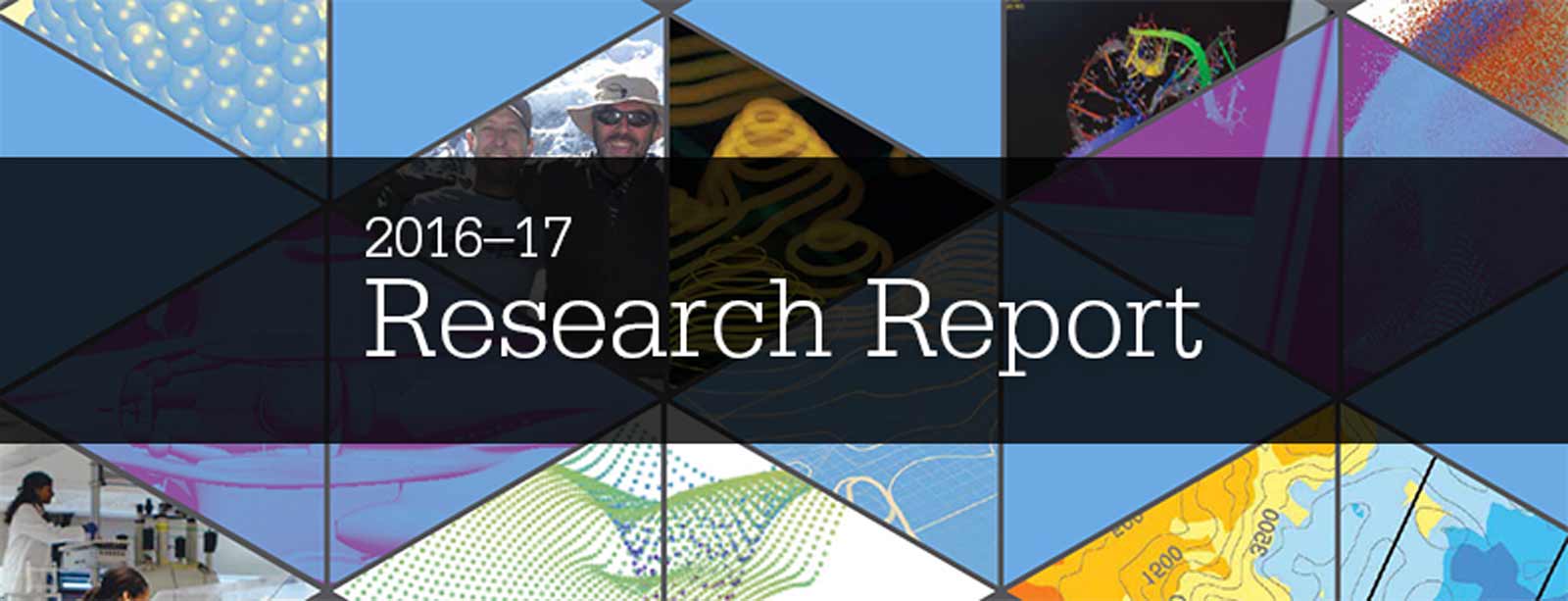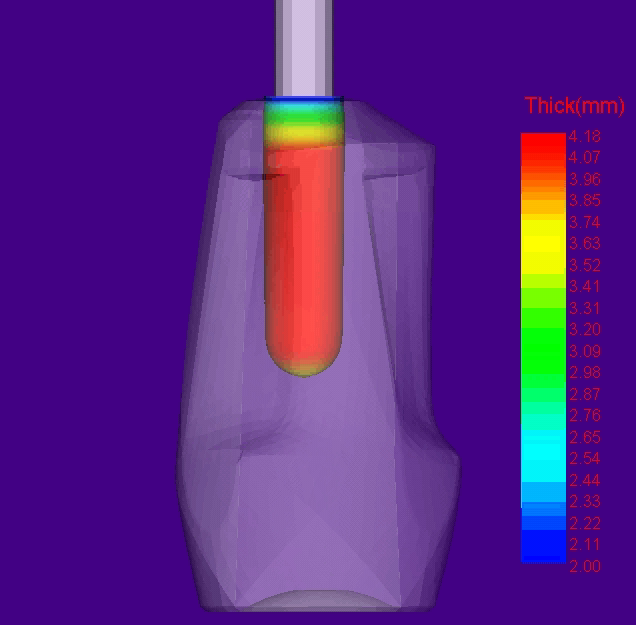“Innovation” is not merely a buzzword thrown around at Procter & Gamble. It’s at the heart of everything the Ohio-based multinational consumer goods company does, and high performance computational modeling and simulation is a major enabler.
“We compete on our ability to bring new and meaningful innovations to our consumers,” said Don Bretl, associate director for modeling and simulation at Procter & Gamble. “Modeling and simulation gives us an edge. Some experiments you run on your computer you can’t run in the physical world. If it’s worth building, should you build it? That’s one of the questions we ask a lot.”
Modeling and simulation in consumer goods products, like understanding how a laundry detergent works or the performance of a diaper, often isn’t as straight forward as other industries for which the methods and tools were originally designed to serve.
“We have unusual characteristics we model and there have been big challenges,” Bretl said, “but in the fast-moving consumer goods, we’ve tried to be a leader in this area.”
P&G was also a leader in collaborating with the Ohio Supercomputer Center in 2013 to get the AweSim program rolling in order to promote the benefits of modeling and simulation to small and mid-sized manufacturers.
“(In the past) it’s been large-scale manufacturers like ourselves who can understand how best to use simulation to drive value to the product design, which is why AweSim is important, bringing that capability to smaller manufacturers,” Bretl said.
One important AweSim aspect is making engineering service providers available to small- and medium-sized manufacturers as mentors to help fine-tune how software can be optimized to individual organizations, such as supply chain businesses to large manufacturers like P&G.
“You really need to develop simulations specific to a group’s need. You need a platform, a way to deliver those efficiently,” Bretl said. “AweSim put all the pieces together to support somebody at a small enterprise to use sophisticated HPC software for getting better, cheaper, faster results in one stop.”
While P&G has its own HPC resources, OSC has helped in P&G’s biotech area with regard to workflows and open source software. In the 2016 fiscal year, P&G turned to OSC for nearly 300,000 core hours of run time.
###
Written by Ross Bishoff
Project Lead: Don Bretl, Procter & Gamble
Research Title: M&S assistance for one of Ohio’s largest manufacturers
Funding Source: Procter & Gamble
Website: http://www.pgscience.com

